Laowa has never been afraid to take chances! In many ways the Laowa 100mm F2.8 2x Ultra Macro APO is the most conventional of their lenses that I’ve reviewed even with its unique attributes. The Laowa 100mm macro combines an apochromatic (APO) optical design, typically seen only on very expensive lenses, with a 2x macro ratio of 2:1 rather than 1:1 life size. This means that while most macro lenses can only achieve this level of magnification:
…the 100mm can achieve this level of magnification:
Obviously, this is very useful party trick, and for those that want to achieve higher than average levels of magnification, the Laowa 100mm is going to be very, very intriguing. This is the first telephoto macro lens with this degree of magnification.
The Laowa 100mm is also a step towards the mainstream, too, as this is the first Laowa lens to move from a fully manual lens to a more sophisticated “hybrid” lens akin to what Zeiss has long produced (at least on the Canon front). It features an electromagnetic auto aperture iris and electronic contacts (full EXIF information is communicated to camera) though it remains a manual-focus only lens (the Nikon and Sony mount versions have a traditional manual aperture ring).
Laowa 100mm 2x Build and Handling
Laowa lenses have always been nicely made with full metal construction. That trend continues here, with the lens made entirely of metal and glass. They’ve done a good job of balancing the weight, however, as the lens weighs in at a moderate 638g despite the heavy grade construction. I unfortunately put that construction to the test, as the lens attached a camera flipped out of a camera bag that wasn’t properly closed and fell several feet onto a concrete surface. The included filter (more on that in the moment) shattered, but once I removed it, the lens remained in like new condition both cosmetically and functionally. I can attest that it is well made!
Yes, a UV filter is part of the design. The 100mm is quite long and slender (DxL 72 x 125 mm), and that is because the focus travel is quite extensive and Laowa elected to keep all of that movement of the elements within the housing of the lens barrel. At infinity the front element is quite recessed (about 8 cm):
At minimum focus, however, the front element moves all the way to near the end of the lens barrel:
To help protect this front element and to keep dust from getting into the lens barrel, Laowa includes an UV filter. There is also a plastic lens hood, but at the 24.7cm minimum focus distance you probably won’t want to use it as the hood will be virtually touching the subject.
There is a wide manual focus ring that is finely ribbed. It moves smoothly and is nicely damped, though with a slight “pumping” action on both ends of the focus throw. The focus throw/travel is approximately 160 degrees. That’s fine if this were just an 100mm medium telephoto, but a macro lens introduces many more focus possibilities than a standard lens, and a 2:1 macro even more. With the 120 degrees of that focus throw dedicated to macro, the result is a short focus throw for portrait distances makes focusing a little challenging. It’s very easy to move past the focus point and have to work at nailing it. This is further exacerbated by the fact that depth of field is incredibly small at a 2:1 ratio.
Laowa 100M 2x Image Quality
Image quality is often an area of strength for an APO (Apochromatic) lens, and that’s true of the 100mm. A lens with an apochromatic design has superior correction of chromatic and spherical aberration than the much more common achromat lenses. Put simply, most lenses struggle with the fact that colours don’t always focus at the same distance, which results in green or purple fringing due to the fact that those colours aren’t focusing on the same plane of focus. Whereas most lenses are corrected for two colour wavelengths, an apochromatic lens is able to bring three colour wavelengths into focus on the same focus plane. This produces a near absence of chromatic aberrations and allows for higher contrast and a near absence of the lack of contrast that produces “soft” images. True apochromatic lenses tend to be very sharp with high contrast. They also are corrected for spherical aberrations on two wavelengths rather than one.
The Laowa 100mm is very sharp in the center, with a minor bit of drop-off in the corners at f/2.8. Real world images are very sharp.
There is some minor pincushion distortion along with some moderate vignette. I could correct these with a -4 in the Distortion slider and values of 48 (Amount) and 34 (Midpoint) in the Lightroom manual corrections sliders.
Despite the extra magnification, this lens focuses to infinity. When stopped down, it delivers some very nice sharpness across the frame.
Where the Laowa 100mm lens really shines is at macro distances. The Apochromatic design virtually eliminates all aberrations, leaving intense contrast and sharpness. It tops my other macro lenses for low CA at close focus distances.
Also, the reality that the Laowa 100mm has twice the magnification, which means you can get a LOT closer:
Look at the complete lack of CA on these macro shots of a French Deux Franc piece:
There is so little CA that these almost look like monochrome shots…but they aren’t.
That intense contrast also helps create another strength: very punchy, well saturated colours for general purpose shooting.
This image helps sum things up, combining great colour and contrast, excellent detail on the subject, and nice fall-off.
The Laowa 100mm thus makes for a nice portrait lens as well, though, as noted before, focus can be a little challenging. The bokeh is often busy with such a well-corrected Apochromatic lens, and I believe that’s true here. This image shows both the positives and negatives:
The pros outweigh the cons (the image is beautiful), but you can see from the first crop that the CA correction is essentially perfect in these high-contrast white blossoms while the bokeh is perhaps slightly busy. It doesn’t quite “melt away”.
If you get a little closer to your subject (and have a slightly more distant background), the bokeh is smoother.
There is one more flaw, however, and that is in flare resistance. The lens does ship with a plastic lens hood, but the lens is still somewhat flare prone even with it mounted, particularly at wide aperture. I rarely point telephotos right at the sun, but I did note in everyday shooting that the lens would veil (lose contrast) even with the sun out of the frame:
All in all, however, this lens is an amazing optical performer for the price. It delivers gorgeous images when used to its strengths, images from this lens really pop.
Conclusion
In conclusion, the Laowa 100mm F2.8 2x APO Macro is a great step forward for Laowa. They’ve successfully embraced more complex lens design (electromagnetic aperture iris) and delivered a highly competitive macro lens at an amazing price. At $729, this is a lens with a great price-to-performance ratio and it both undercuts competitors in price and delivers the killer feature of twice as much magnification. If you manual focus, then take a look at the Laowa 100mm F2.8 2x Ultra Macro APO; it will give you images you will cherish.
About the Author
Dustin Abbott is a professional photographer and photography gear reviewer based in Ontario, Canada. His reviews for his website and YouTube channel are viewed around the world. www.dustinabbott.net



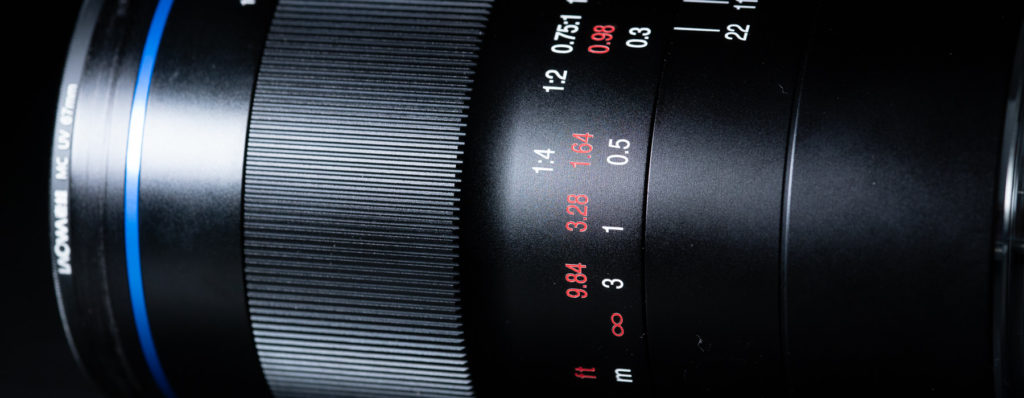
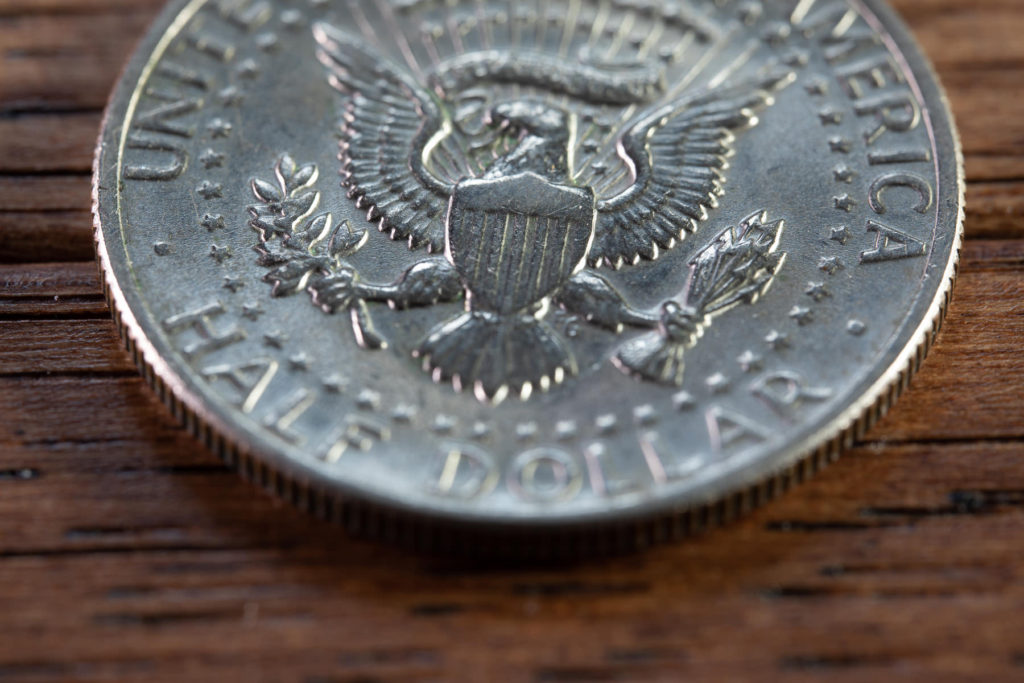
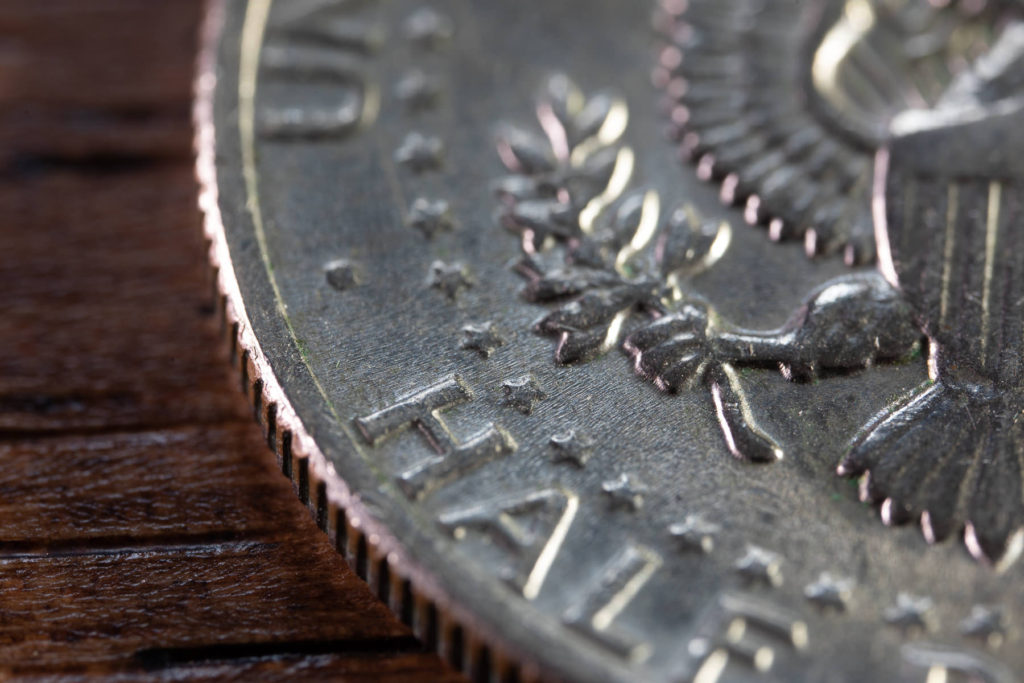
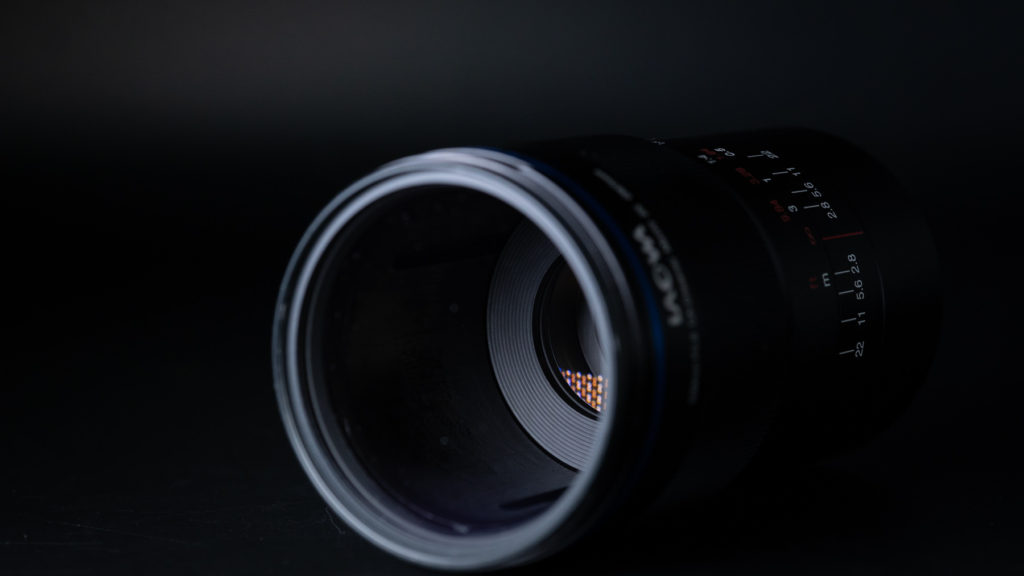
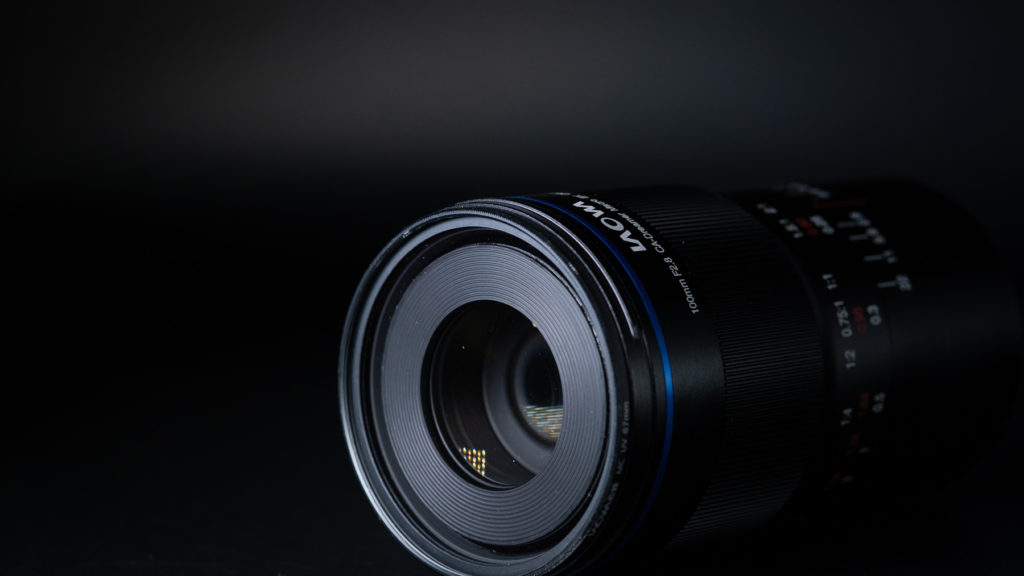
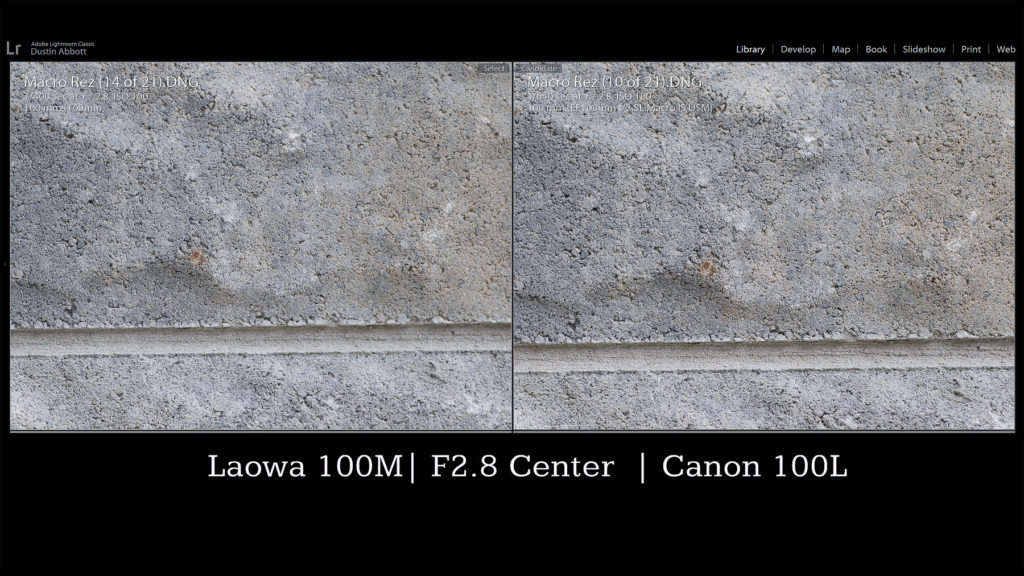
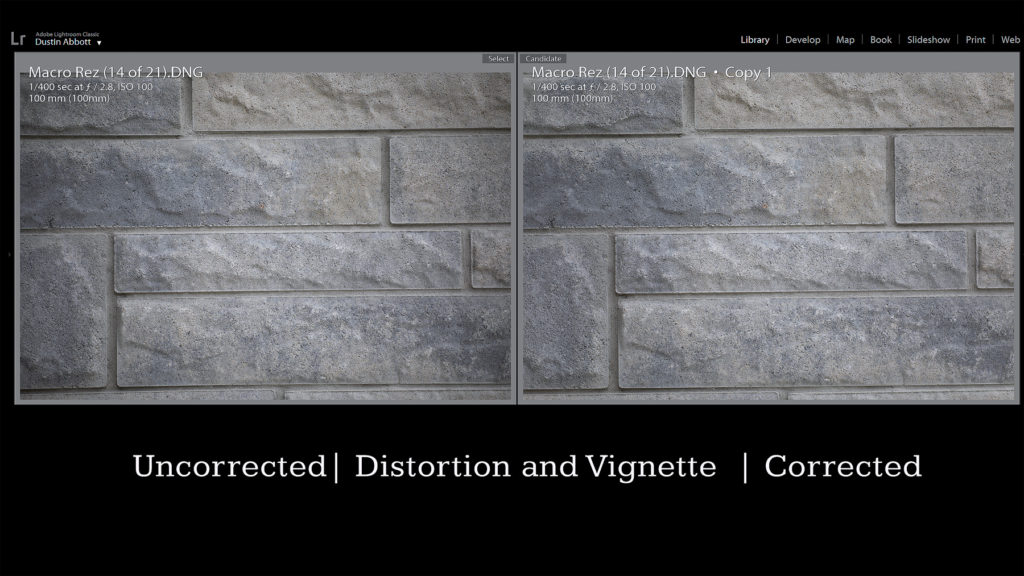
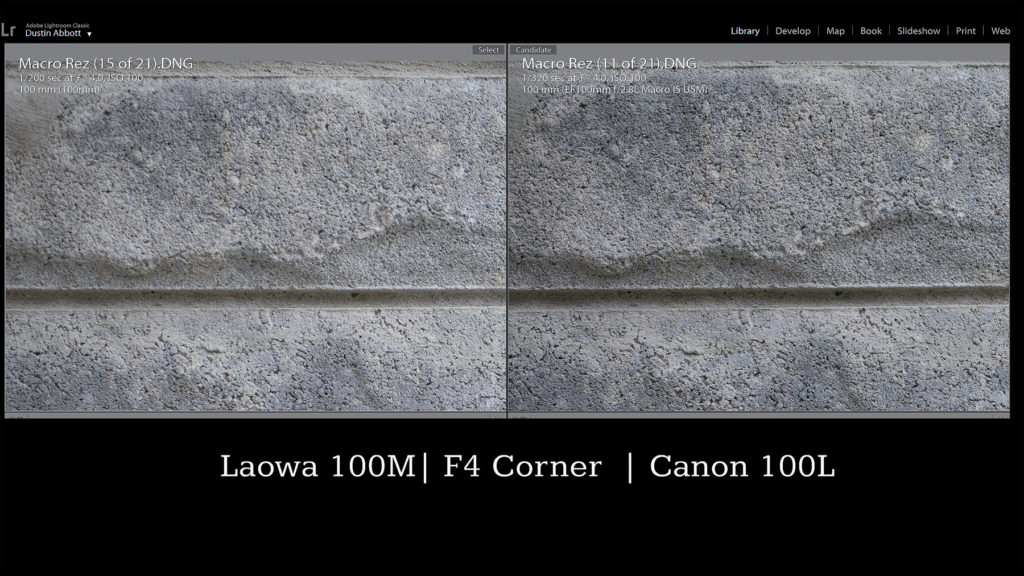
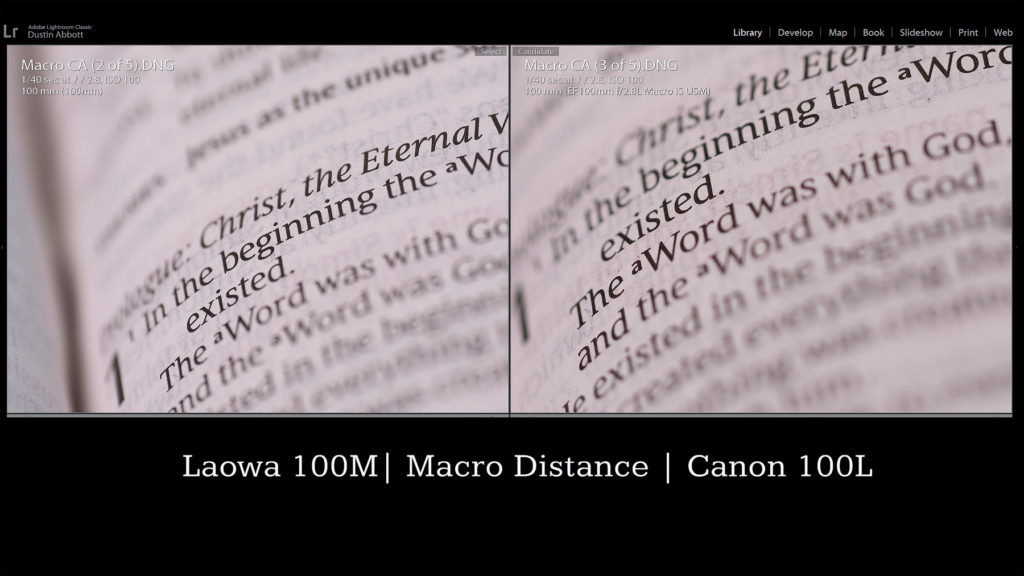
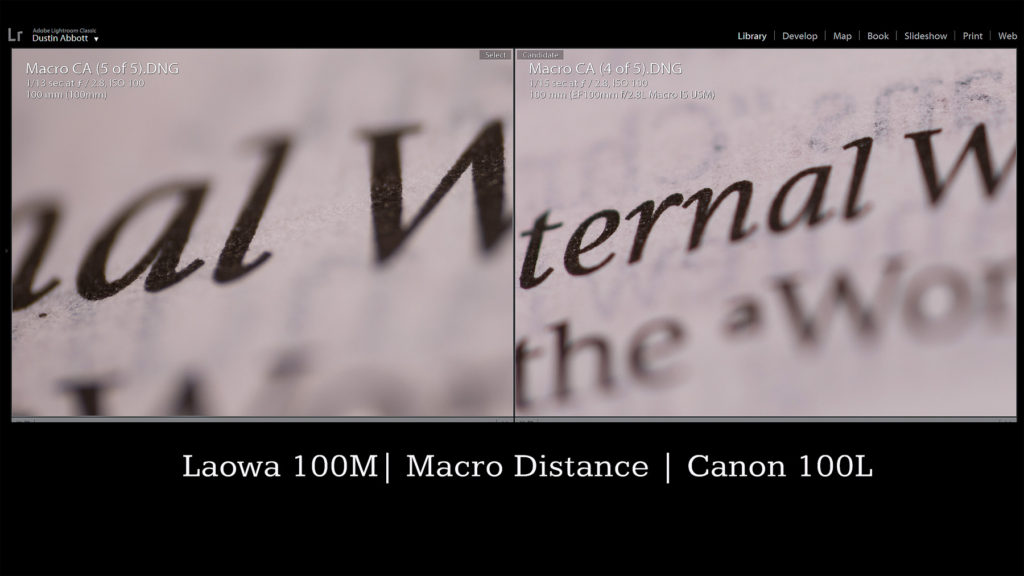
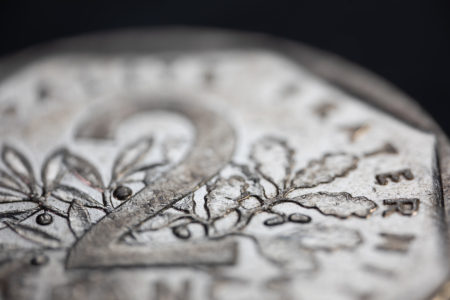
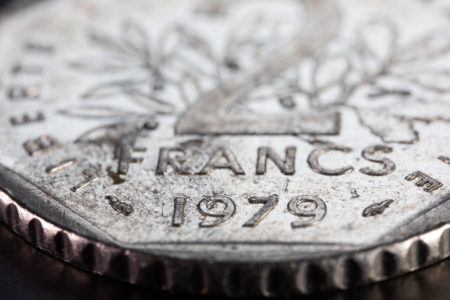
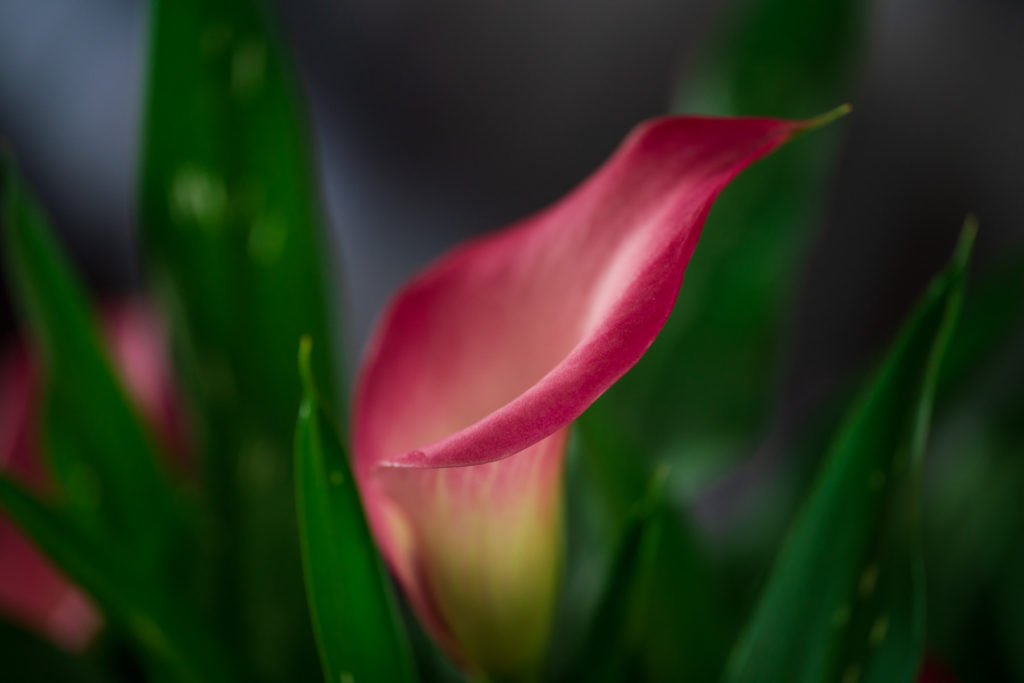
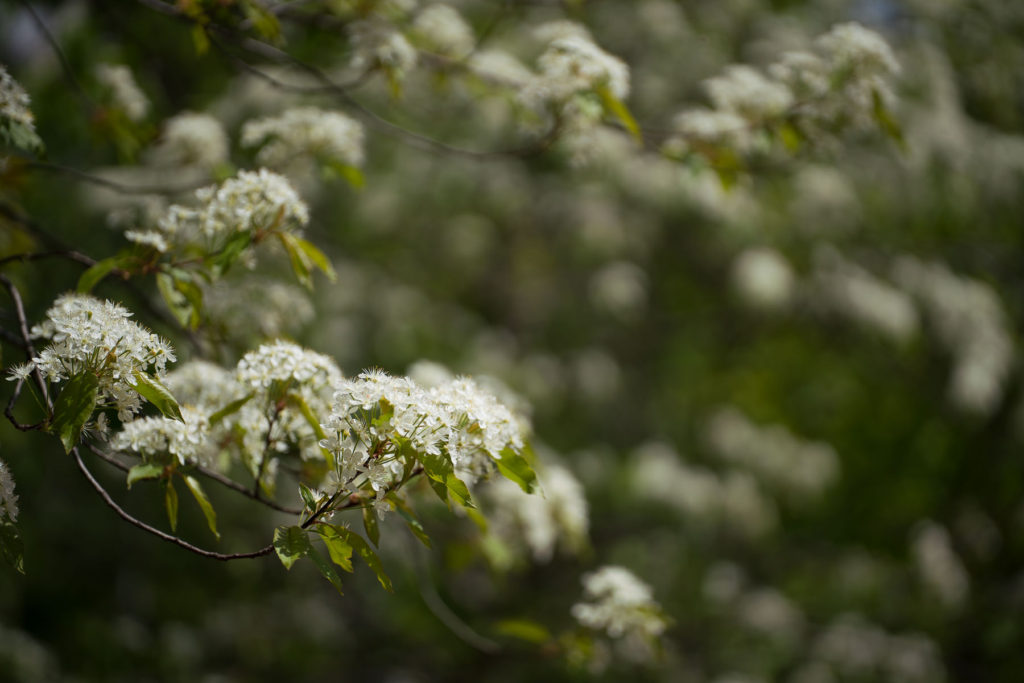
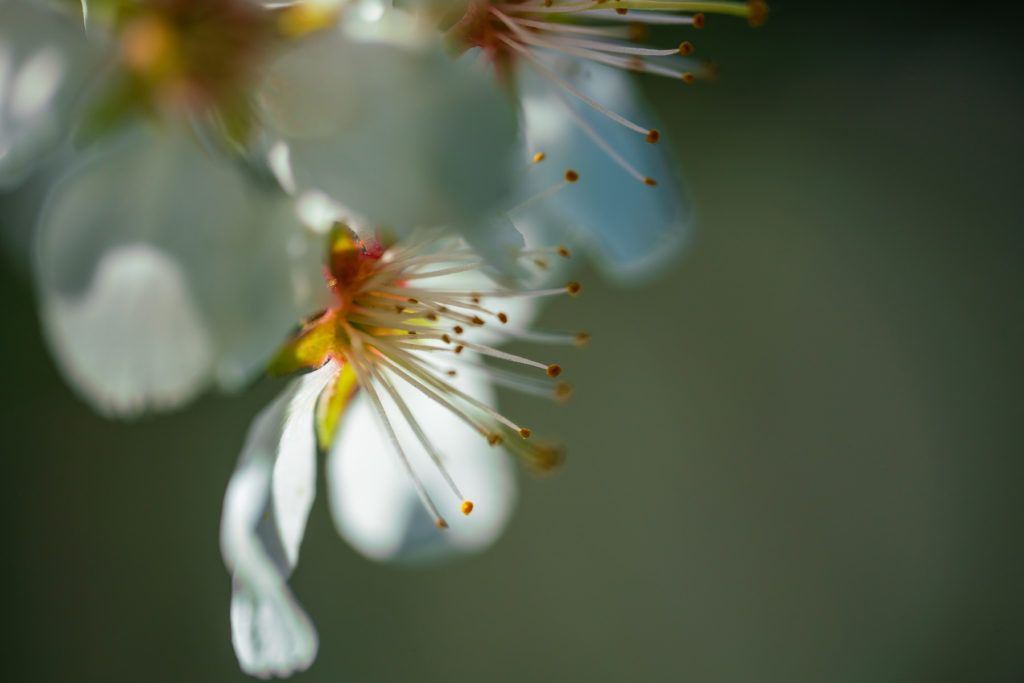
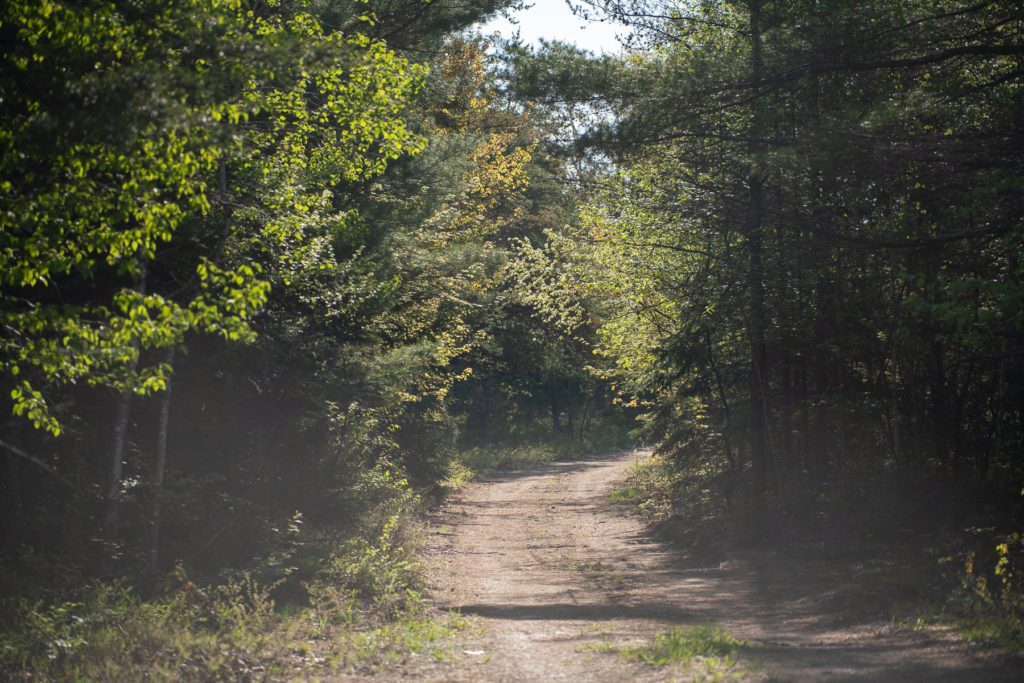






The site is Canadian and why did the photographer use a coin from the United States of America ?
Great review as always, Justin.
Great review as always, Dustin.
Autocorrect mistake in first msg.
I don’t think the coin is from the USA maybe from France an old one before the change .